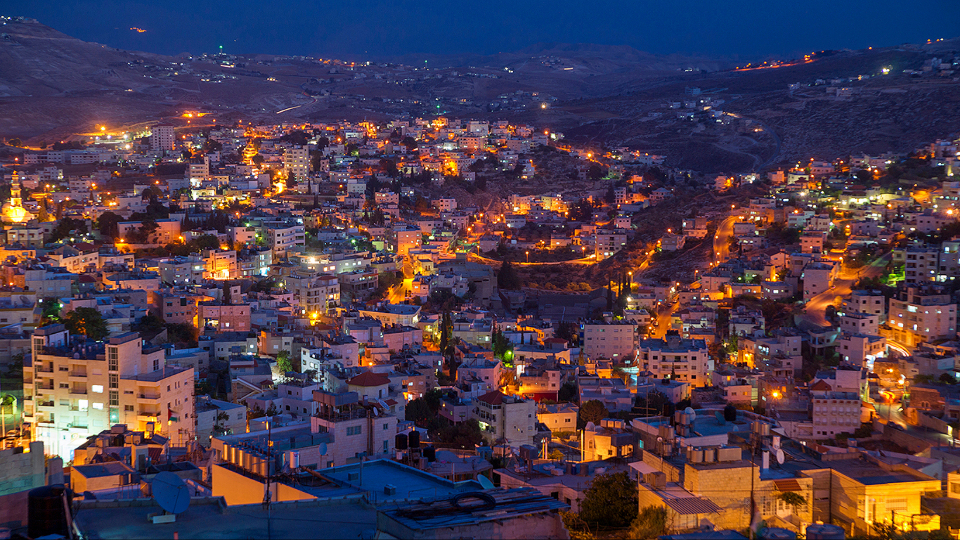
Bethlehem
An evening view of Bethlehem taken from the neighboring hills. Adobe Stock photo.All rights reserved.
This story appears here courtesy of TheChurchNews.com. It is not for use by other media.
By Matthew J. Grey, Brigham Young University
The Christmas season is a wonderful time of the year to visit the Holy Land and experience firsthand the biblical locations in which Jesus lived, taught, performed miracles and offered His atoning sacrifice. Among these locations, the site most associated with the beginnings of the New Testament story is Bethlehem — the setting of Jesus’ birth as described in the Gospels of Matthew and Luke.
Visitors to Bethlehem immediately feel of its profound scriptural significance as they recall the events of the Nativity while viewing the ancient landscape on which they occurred. Many visitors, however, are also quick to note how little the modern city of Bethlehem resembles the first-century Judean village of the gospel accounts.
Today, for example, Bethlehem is a densely populated and multicultural urban center filled with Palestinian marketplaces, shops selling local souvenirs to pilgrims, restaurants serving traditional Bedouin cuisine, minarets sounding the Muslim call to prayer, and various Christian holy places commemorating events connected with the birth of Jesus. The latter include Catholic and Greek Orthodox chapels recalling the “shepherds’ field” of Luke 2; the Milk Grotto marking a site where, according to local tradition, Mary nursed Jesus on the flight to Egypt; and, most prominently, Manger Square — a Byzantine-era church complex built over a cave long thought to be the location where Jesus came into the world. Together, these features offer a rich cultural experience and create cherished spaces for visitors to join with fellow believers from around the world to celebrate the Christmas message.
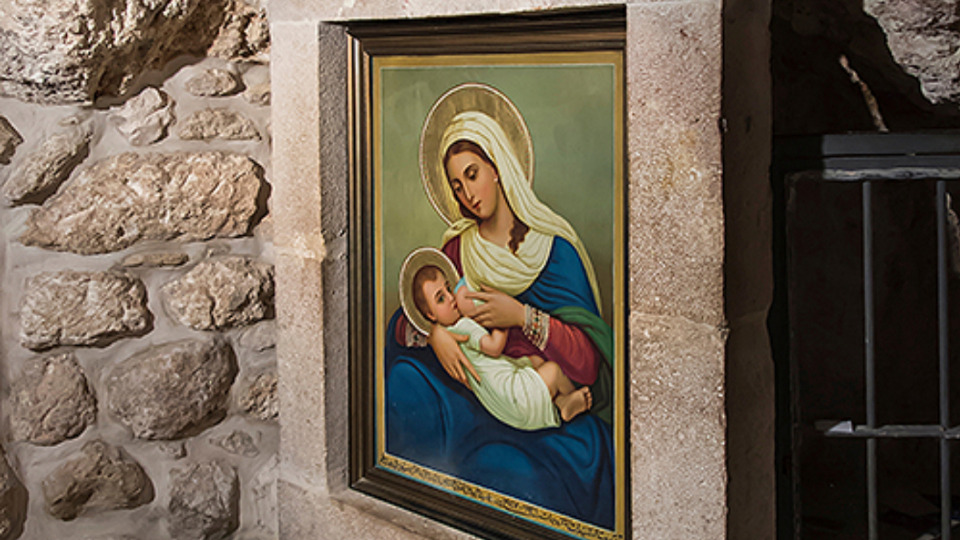
Bethlehem
The modern icon of St. Mary and the child in the Milk Grotto in Bethlehem. Photo courtesy of Adobe Stock.All rights reserved.
To imagine the “little town of Bethlehem” from 2,000 years ago, though, we must rely on surviving historical records from the biblical world, archaeological discoveries from first-century Judea, and the natural geography of the surrounding region. Although these available sources do not allow for a complete reconstruction of the village known by Mary and Joseph, particularly because only limited excavation work has been conducted in Bethlehem itself, they do provide valuable insights into the cultural setting of the Nativity story, the main elements featured in the Gospels, and what daily life would have been like in Bethlehem at the time of the New Testament. When considered together, these observations can greatly illuminate our understanding of the first Christmas and deeply enrich the way we read the scriptural accounts of Jesus’ birth.
Bethlehem is located 5 miles south of Jerusalem. In the Old Testament period, it began to develop as a modest settlement along a crescent-shaped ridge on the border of the Judean hill country to the west and the Judean desert to the east. For centuries, the village mostly consisted of a cluster of homes accessed by a dirt road that branched off from the Way of the Patriarchs — the main north-south trade route between Jerusalem and Hebron that brought a significant amount of interregional traffic from Egypt, Arabia and Syria. (For the burial and memorial of the matriarch Rachel near this juncture, see Genesis 48:7.)
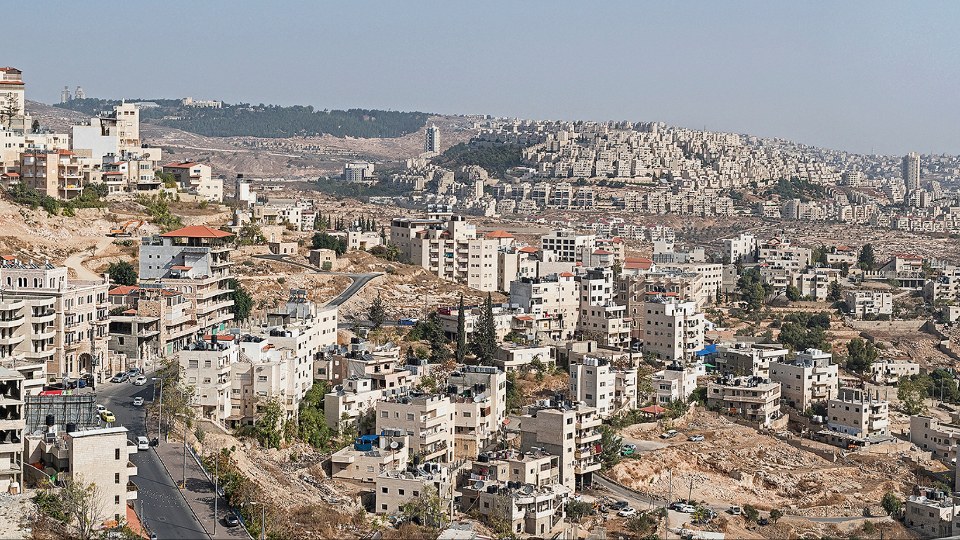
Bethlehem
A panorama of Bethlehem with East Jerusalem and Mount Scopus in the background from the Church of the Nativity. Adobe Stock photo.All rights reserved.
The slopes of Bethlehem’s surrounding hills and their adjacent fields provided fertile agricultural lands for harvesting wheat and barley (see Ruth 1:22; 2:1–3; and 4:11), which likely gave the village its Hebrew name, “House of Bread.” These sloping hills also contained terraced orchards of olive trees, exposed patches of limestone bedrock pocked with natural caves, and large stretches of natural brush, all of which made the countryside around Bethlehem ideal for local shepherds to graze flocks of sheep and goats. One such shepherd from the village was David, who as a young man was anointed by the prophet Samuel to rule over Israel (1 Samuel 16:1–13) and who later came to symbolize prophetic hopes of the nation’s future kingship (see Isaiah 11:1–16; Amos 9:11–15 and Jeremiah 23:5–6).
During the early Roman period, the village of Bethlehem seems to have retained its agricultural character with a small population of religiously observant Judean families continuing to harvest its nearby fields and graze their flocks on the surrounding hillsides. Under the reign of Herod the Great (40–4 B.C.), though, these fields and grazing lands may have been incorporated into the larger economic hinterland of Jerusalem — the powerful temple-city at the center of Herod’s kingdom. If that were the case, it is possible that much of the agricultural produce from around Bethlehem, as well as many of the sheep and goats being raised there, were used to supply the various offerings and sacrifices necessary for the Jerusalem temple, as implied in later rabbinic sources (see m. Shekelim 7:4).
In addition to these historical insights, the natural topography in this region and archaeological surveys conducted near Bethlehem provide glimpses into the first-century landscape of the surrounding countryside, including natural grottos for sheltering animals; low stone fences to delineate grazing spaces; watchtowers made from stacked fieldstones to offer security; and small immersion pools (miqva’ot) cut into the bedrock, which allowed agricultural workers to maintain the biblical standards of ritual purity required to handle produce or animals that would be sent to the temple. Together, these features would have formed the physical backdrop for Luke’s description of the “shepherds living in the fields, keeping watch over their flocks by night” when the angel proclaimed to them the good news of the Messiah’s birth in the village (see Luke 2:8–11).
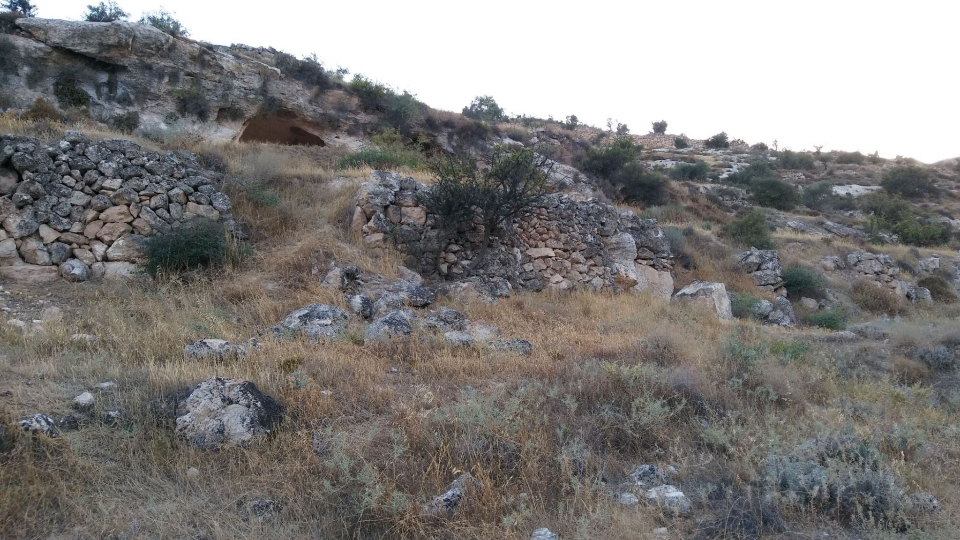
Bethlehem
The “shepherds’ fields,” small watchtowers, terraces and natural caves used for grazing sheep and goats along the hill slopes outside of Bethlehem. Photo by Matthew J. Grey, courtesy of Church News.All rights reserved.
Along with highlighting the presence of shepherds in the nearby fields, Luke’s account also alludes to a village household in Bethlehem that shared features common to homes discovered elsewhere in this region. Excavation work conducted in the Judean hill country has shown, for example, that non-elite homes in this period typically had one or two living rooms made with stacked fieldstone walls; flat plastered roofs; packed-dirt or bedrock floors, over which reed mats could be placed for eating and sleeping; and a small courtyard for food preparation activities. This domestic configuration allowed for almost no private space, especially when accommodating extended or multigenerational families.
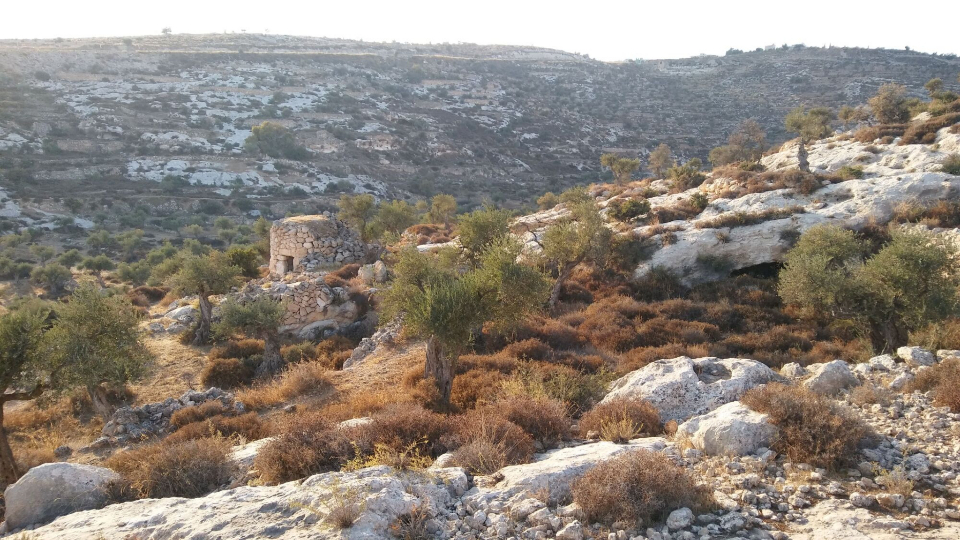
Bethlehem
The “shepherds’ fields,” small watchtowers, terraces and natural caves used for grazing sheep and goats along the hill slopes outside of Bethlehem. Photo by Matthew J. Grey, courtesy of Church News.All rights reserved.
It was also common for such homes to be built near or over natural limestone caves, which could be repurposed as housing for the family’s animals — sheep, goats or donkeys — by carving into the grotto walls small niches for oil lamps to provide dim interior light and stone troughs to water the animals. This latter feature was almost certainly what Luke envisioned when he described the shepherds seeing the baby Jesus wrapped in bands of cloth and lying in a manger (Luke 2:12). Although no complete house from this period has yet been excavated within Bethlehem itself, it is quite possible that some of the repurposed caves preserved under the Church of the Nativity once functioned as this type of stable space for homes that stood near or above them at the time of Jesus’ birth.
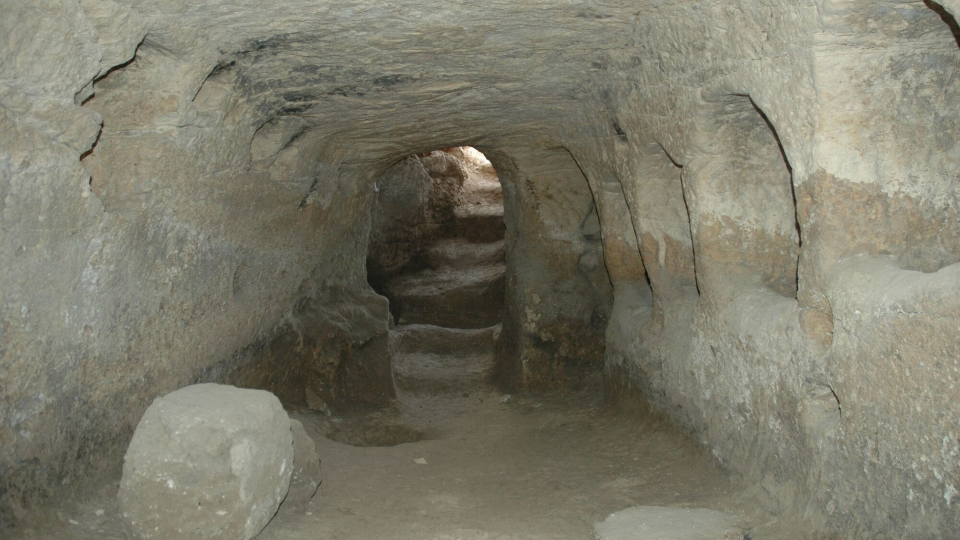
Bethlehem
A repurposed cave located under a first-century house excavated near Bethlehem. Carved into the upper part of the wall on the left is a row of small niches for holding oil lamps, and carved into the cave wall on the right is a row of feeding or watering troughs for animals. This latter feature likely resembles the “manger” into which Jesus was placed according to Luke 2. Photo by Oren Gutfeld, courtesy of Church News. All rights reserved.
Whereas Luke focuses his Nativity account on the shepherds, household dynamics and manger that were present that first Christmas night, the Gospel of Matthew emphasizes the tense first-century political context that surrounded it. About four decades before Jesus was born, a monarch named Herod the Great was named “king of the Jews” by the Roman Senate to rule the region of Judea on its behalf. Despite his royal power and ostentatious displays of grandeur, which can still be seen by his monumental building projects throughout the region, Herod was fully aware that many Judeans viewed him as an illegitimate ruler appointed by a foreign entity and that many longed for the return of a king from the line of David to replace him. This local unrest led a paranoid Herod to jealously guard his power, often through eliminating potential rivals or threats to his throne, even if they arose from within his own family.
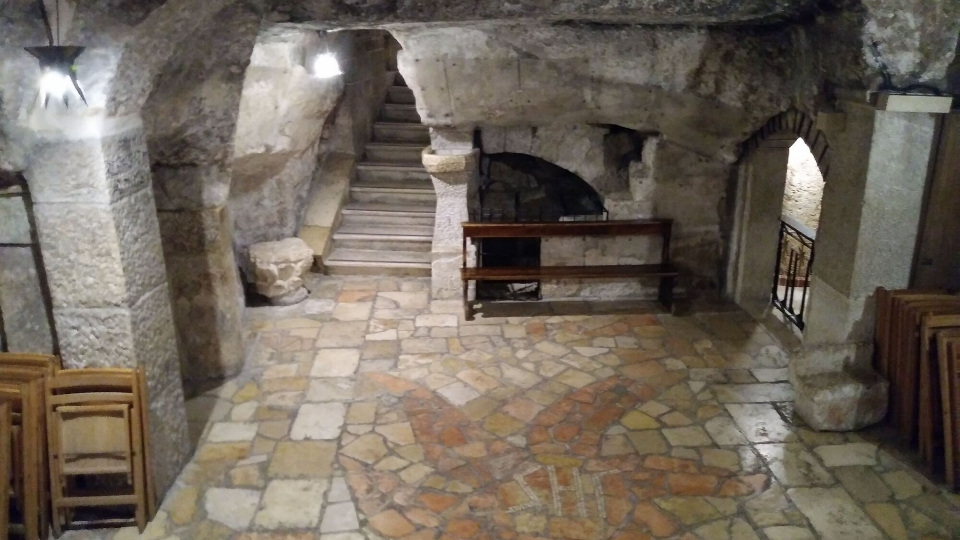
Bethlehem
Part of the ancient cave complex, now used as a series chapels, under the Church of the Nativity in Bethlehem. During the time of the New Testament, these and other nearby grottos may have served as stable, storage or water facilities for adjacent households. Photo by Matthew J. Grey, courtesy of Church News. All rights reserved.
It is against this backdrop that Matthew presents Jesus, rather than Herod, as Judea’s legitimate king, sent by God through the lineage of David (Matthew 1:1–17) and born in Bethlehem — the Old Testament home of David prophesied to also be the birthplace of the future Davidic messiah (see Micah 5:2; cf. Matthew 2:5–6). Matthew then highlights Jesus’ right to the Judean monarchy by telling the story of wise men following a star from the east (echoing similar language from Numbers 24:15–19; Psalm 72:10–16; and Isaiah 60:1–7) and asking Herod, “Where is the child who has been born king of the Jews?” In response to the question of the wise men, the enraged client king ordered the massacre of all of the male children in Bethlehem under the age of 2 (Matthew 2:1–18).
The political dynamics of this episode can be seen in one final archaeological feature on the Bethlehem landscape — the monumental fortress-palace and tomb that Herod constructed near the southeast of the village called Herodion. Among all of Herod’s massive building projects, this artificial mountain containing defensive towers, pools, pleasure palaces, a Roman-style theater and his own mausoleum was the only site he ever named after himself, with the intention that it would serve as the everlasting memorial to his reign. It is also possible that Herod’s deliberate placement of Herodion in such close proximity to Bethlehem was itself an attempt to create an impression of dynastic legitimacy; if scripture and local tradition held that the true king of Israel would one day ascend from David’s hometown, Herod’s personal monument would forge a strong visual association between him and the Davidic monarch expected to come from that location. Jesus’ birth in Bethlehem, then, literally occurred in the shadow of Herod’s reign — within sight of Herodion — while at the same time posing a divine challenge to it by bringing forth the ultimate royal messiah born in the village of David.
In this way, the archaeological remains at Herodion — as with the shepherds’ fields, household structures and stables attested around Bethlehem — provide valuable context and insights that can deeply inform our modern reading the biblical Nativity stories, profoundly enrich the way we envision the events that surrounded them, and help us to appreciate the physical realities behind the Christmas message of “great joy to all people”: “To you is born … in the [village] of David a Savior, who is the Messiah, the Lord” (Luke 2:10–11).
— Matthew J. Grey is a Brigham Young University professor of ancient scripture.
Copyright 2022 Deseret News Publishing Company.

